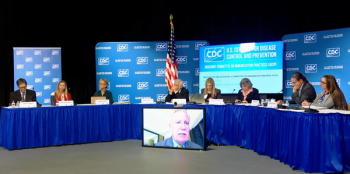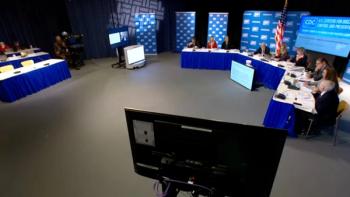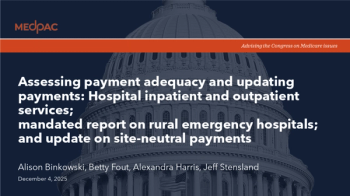
Inflation rises in July, but 12-month rate is lowest since March 2021
Will the Fed cut interest rates? Predictions abound as president takes aim at Big Pharma.
Inflation rose by 0.2% from June to July, but the 12-month rate of 2.9% was the smallest 12-month increase since March 2021, according to the U.S. Department of Labor’s Bureau of Labor Statistics (DOL BLS).
Accounting for all items, the consumer price index for shelter rose 0.4% last month, causing almost 90% of the total monthly increase. After two months of declines, energy prices were unchanged in July, while food prices last month repeated the June increase of 0.2%.
Subtracting food and energy, the consumer price index for all other items was 0.2%; the June rate was 0.1%. Medical care was one of the sectors with a decrease in the consumer price index for the month, along with cars and trucks, airfare, and clothing. Along with shelter, motor vehicle insurance, household furnishings and operations, education, recreation and personal care all saw price increases, according to the BLS figures published Aug. 14.
Health care prices
Prices for medical care services nudged downward 0.3% from June to July. The CPI for physicians’ services rose 0.1% month to month, with increases of 0.3% for dental services, 0.8% for eyeglasses and eyecare, and 0.1% for services by other medical professionals.
In the medical care services sector, hospital outpatient services dipped by 1.9%, the largest single percentage in the sector. Hospital services overall decreased by 1.1%. Nursing homes and adult day service prices increased by 0.6%, while care of invalids and elderly at home edged down by 0.9%.
Health insurance costs went down by 0.4% from June to July, according to the BLS figures.
Monetary policy
The BLS figures prompted a flurry of national news reports with predictions the Federal Open Market Committee of the Federal Reserve System (Fed) would cut interest rates at its meeting Sept. 17 and 18.
The Fed’s governing board has said it has dual goals to achieve maximum employment with an inflation rate of 2% over the longer run. In July, the Fed maintained the current target range for federal funds rate at 5.25% to 5.5%.
“The Committee does not expect it will be appropriate to reduce the target range until it has gained greater confidence that inflation is moving sustainably toward 2 percent,” said the Committee’s July 31 news release.
The same forecast of lower interest rates emerged after the July unemployment report, published this month, showed the national unemployment rate rose to 4.3%.
What’s more, national news outlets reported the July unemployment figures met criteria of the
The U.S. economy still is working through a number of workforce disruptions – COVID-19, labor shortages and increased immigration, Sahm said. If there is just less demand for workers, workers don’t have paychecks and they can’t spend money, she said on Bloomberg Television.
President reacts
Wages have been rising faster than prices for 17 months in a row, indicating real progress to lower costs, said President Joe Biden in a statement published by the White House.
But “prices are still too high,” the president said.
“Large corporations are sitting on record profits and not doing enough to lower prices,” the president’s statement said. “That’s why we are taking on Big Pharma to lower prescription drug prices. We’re cutting red tape to build more homes while taking on corporate landlords that unfairly increase rent. And we’re taking on price gouging and junk fees to lower everyday costs from groceries to air travel. Congressional Republicans would raise prices for middle class families while cutting taxes for billionaires and big corporations. While they try to take us back, we will fight for the future.”
Newsletter
Stay informed and empowered with Medical Economics enewsletter, delivering expert insights, financial strategies, practice management tips and technology trends — tailored for today’s physicians.















